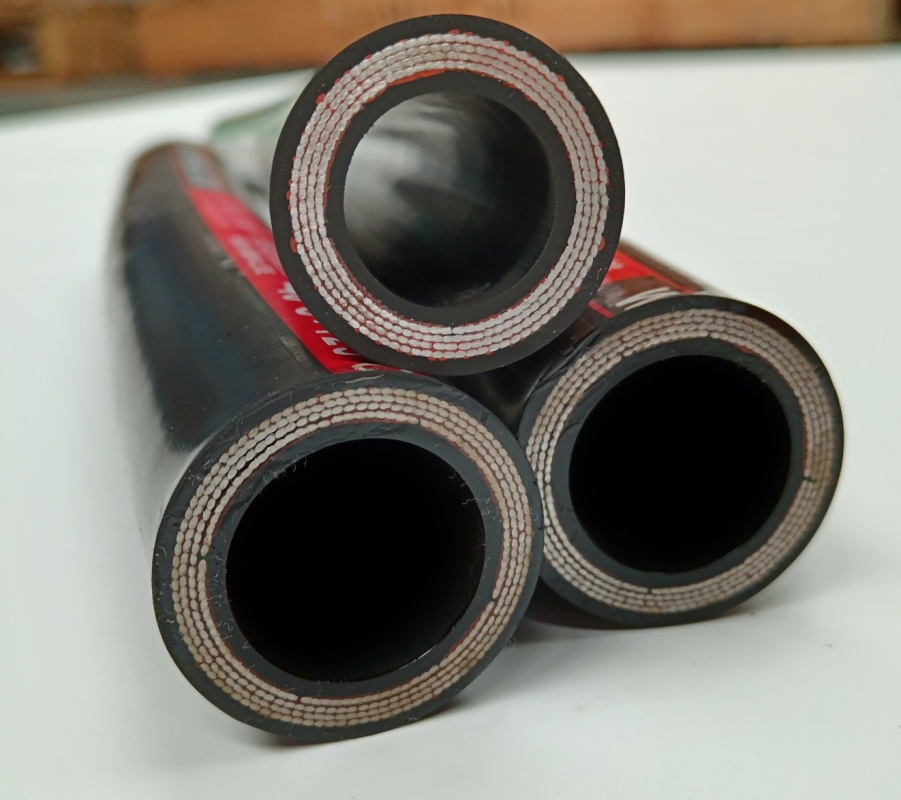335345435
dec . 20, 2024 00:33 Back to list
thermoplastic hose pipe
Thermoplastic Hose Pipes Versatile Solutions for Various Applications
Thermoplastic hose pipes are an essential component in various industrial and commercial applications, thanks to their unique properties and advantages. Made from thermoplastic elastomers, these hoses cater to a wide range of fluid transfer needs, offering durability, flexibility, and resistance to numerous environmental factors. This article delves into the characteristics, benefits, and applications of thermoplastic hose pipes, highlighting why they are favored in numerous sectors.
Characteristics of Thermoplastic Hose Pipes
Thermoplastic hose pipes are crafted from materials that become pliable when heated and retain their shape upon cooling. This thermoplastic property allows for a variety of manufacturing processes, making it easier to design hoses with specific characteristics. Common materials used include PVC (Polyvinyl Chloride), PU (Polyurethane), and TPR (Thermoplastic Rubber), each offering distinctive advantages.
One of the most notable characteristics of thermoplastic hoses is their excellent resistance to abrasion, chemicals, and temperatures. For instance, hoses made from polyurethane are particularly known for their toughness and resistance to wear, making them ideal for heavy-duty applications. Additionally, thermoplastic hoses are lightweight and flexible, which significantly simplifies handling during installation and use.
Advantages of Thermoplastic Hose Pipes
The advantages of thermoplastic hose pipes are numerous
1. Durability These hoses are designed to withstand harsh conditions, including exposure to UV rays, oils, and various chemicals. Their robust construction ensures a long lifespan, reducing the need for frequent replacements.
2. Flexibility The inherent flexibility of thermoplastic hoses enables easy routing and installation in tight spaces. This flexibility allows users to navigate complex plumbing or assembly setups without compromising performance.
3. Variety of Options Thermoplastic hoses come in various sizes, colors, and configurations, making it easier for engineers and designers to find solutions that fit their specific needs. This variety also allows for customization, catering to niche applications.
4. Easy Maintenance These hoses are generally easier to clean and maintain compared to traditional rubber hoses. Their resistance to dirt and build-up contributes to improved hygiene, especially in food and medical applications.
thermoplastic hose pipe

5. Cost-Effectiveness The combination of durability and low maintenance requirements makes thermoplastic hose pipes a cost-effective choice over time. While their initial purchase price may be competitive, the long-term savings from reduced downtime and replacement costs are significant.
Applications of Thermoplastic Hose Pipes
Thermoplastic hose pipes find use across a myriad of industries, including
1. Automotive In the automotive industry, these hoses are utilized for fuel lines, coolant systems, and brakes due to their chemical resistance and flexibility.
2. Food and Beverage The food and beverage industry requires hoses that meet strict hygiene standards. Thermoplastic hoses designed for food contact are available, ensuring that they do not leach harmful substances into products.
3. Pharmaceutical Similar to food applications, pharmaceutical processes demand hoses that can maintain cleanliness and resist contamination.
4. Construction and Mining Heavy-duty thermoplastic hoses are commonly used in construction and mining for delivering air, water, and fuels under challenging conditions.
5. Agriculture They are also employed in agricultural settings for irrigation and chemical delivery, where the hoses must resist exposure to UV rays and harsh chemicals.
Conclusion
In summary, thermoplastic hose pipes represent a remarkable fusion of functionality and versatility, making them indispensable in numerous sectors. Their durability, flexibility, and resistance to environmental challenges ensure they meet the demands of various applications. As industries continue to innovate and evolve, the role of thermoplastic hoses will undoubtedly expand, reinforcing their position as a preferred choice for fluid transfer solutions. Whether in automotive, food processing, or construction, the adaptability of thermoplastic hoses ensures their ongoing relevance in today’s dynamic market.
-
SAE 100 R17 Black Smooth Cover Hydraulic Hose
NewsMar.07,2025
-
SAE 100 R17 Black Smooth Cover Hydraulic Hose
NewsMar.07,2025
-
SAE 100 R17 Black Smooth Cover Hydraulic Hose
NewsMar.07,2025
-
SAE 100 R17 Black Smooth Cover Hydraulic Hose
NewsMar.07,2025
-
SAE 100 R17 Black Smooth Cover Hydraulic Hose
NewsMar.07,2025
-
steel wire braided hydraulic hose
NewsMar.07,2025



